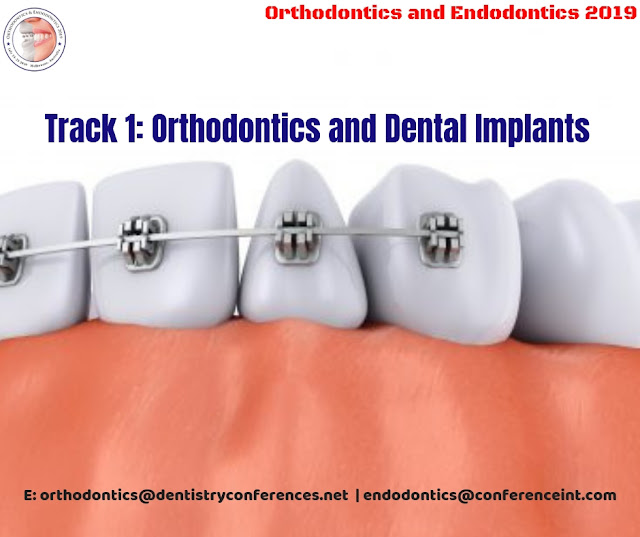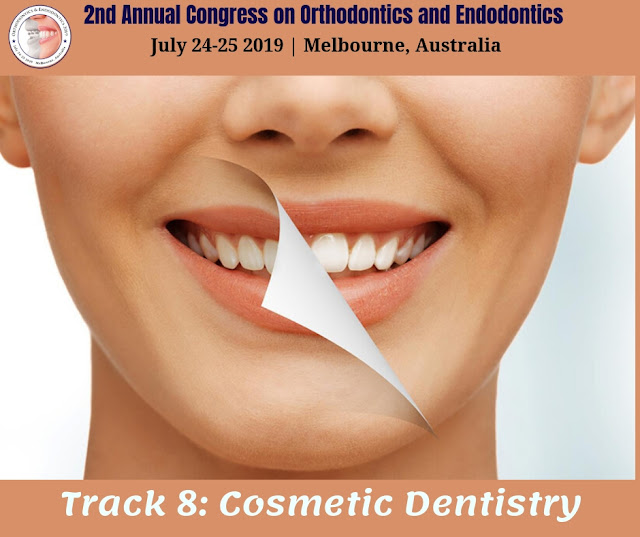Track 1: Orthodontics and Dental Implants
Orthodontics is a branch of dentistry that treats malocclusion, a condition in which the teeth are not correctly positioned when the mouth is closed. This results in an improper bite.
A dental implant is a surgical component that interfaces with the bone of the jaw or skull to support a dental prosthesis such as a crown, bridge, denture, facial prosthesis or to act as an orthodontic anchor.
Use of Orthodontics:
To know more join us in Melbourne, Australia for the upcoming 2nd Annual Congress on Orthodontics and Endodontics scheduled to be held from July 24-25 2019
A dental implant is a surgical component that interfaces with the bone of the jaw or skull to support a dental prosthesis such as a crown, bridge, denture, facial prosthesis or to act as an orthodontic anchor.
Use of Orthodontics:
- Closing wide gaps between the teeth
- Aligning the tips of the teeth
- Straightening crooked teeth
- Improving speech or chewing ability
- Boosting the long-term health of gums and teeth
- Preventing long-term excessive wear or trauma of the teeth
- Treating an improper bite
- Dental crowns: A dental crown is a replacement tooth that is placed over a post (or an abutment) that is attached to the dental implant. Crowns are usually made of porcelain or ceramic material and are made to match the color of your natural teeth.
- Dental bridge: A dental bridge is generally used for groups of two or three missing teeth. A bridge consists of two crowns (secured to dental implants) on either side of the gap and artificial teeth in between. The centerpiece of a dental bridge looks like natural teeth but is made of one solid piece.
- Dentures: Implant-supported dentures are permanently attached to strategically placed implant posts. Because the dentures cannot be removed, many of the disadvantages associated with removable dentures are eliminated. Implant-supported dentures are stable and do not require the use of dental adhesives. This treatment is an excellent option for patients that are missing all of their teeth.
To know more join us in Melbourne, Australia for the upcoming 2nd Annual Congress on Orthodontics and Endodontics scheduled to be held from July 24-25 2019
SUBMIT YOUR RESEARCH REGISTER NOW



Comments
Post a Comment